By Louise Irvine
WMODA was acclaimed as the “Diamond of Dania Beach” as we built the reputation of our decorative arts museum in Broward’s first city. Now we are moving nearby to the “Diamond of the Gold Coast” the name adopted by Hollywood for the city’s 50th Anniversary in 1975. As we look forward to our move and the city’s centennial celebrations in 2025, we explore the Roaring Twenties in Hollywood through vintage postcards and our Art Deco figurine collection.
In January 1920, Joseph Wesley Young arrived in South Florida and started buying palmetto scrub land with visions of creating a dream city of boulevards and circles modeled after the City Beautiful movement of the time. He promoted his new city as Hollywood by the Sea to differentiate it from Hollywood in Los Angeles. In Young's words, Hollywood "will be a city for everyone - from the opulent at the top of the industrial and social ladder to the most humble of working people."
Young was influenced by California’s Spanish Mission style architecture and according to a 1922 advertisement, “Homes are to be artistic and harmonious with the surroundings”. The iconic Hollywood Beach Hotel, completed in 1926, once featured seven large mission bells on the roof. The hotel included 500 rooms with private baths, the world’s largest solarium, and a private wire connection direct to the New York Stock Exchange for use by hotel guests. Not surprisingly, it became the winter home of northern industrialists and attracted many visiting celebrities. One of the most notorious visitors was the gangster Al Capone, who enjoyed Florida during the Prohibition era.
The social hub of the new city was the Hollywood Beach Country Club which had a central courtyard with a patio dance floor of glass blocks illuminated from below by a mosaic of colored lights. The roof was retractable for dancing under the stars. The center of all activity on the Broadwalk was Hollywood Beach Bathing Casino, which opened in 1924. Now the site of Margaritaville, the Olympic size swimming pool once included three saltwater pools fed underground by the ocean. There was no gambling at this casino, a name which originally described social gathering places.
In addition to these landmark facilities, Young built other resort hotels, a competition golf course, a splendid railway station, a school, and provided land for parks. When Hollywood was incorporated as a city in 1925, Young was elected as the first Mayor but he resigned to develop Hollywood Harbor, now Port Everglades. The phenomenal growth of Hollywood led the neighboring communities of Dania and Hallandale to petition for annexation to the city in January 1926 only to secede in the wake of the devasting hurricane in September that year.
Hollywood’s fortunes were further decimated by the 1929 stock market crash and Young’s dreams were destroyed. The population of Hollywood declined by 90% and the city did not recover during his lifetime. Young died of a heart attack in 1934, aged only 51, at his home at 1055 Hollywood Boulevard, now on the National Register of Historic Places. The former Harding Circle was renamed Young Circle in his honor.
In the mid-1930s, the city’s six-day Fiesta Tropicale celebration began in association with the horse race meeting at Gulfstream Park in Hallandale. The crowning of a fiesta queen was followed by a parade and Easter sunrise services on Hollywood’s six-mile stretch of public bathing beaches. In the 1940s, World War II transformed the city with a huge influx of servicemen. The Hollywood Beach Hotel became a naval training school and the country club became an entertainment and recreation center for US servicemen. Even two hurricanes in 1947 did not hamper Hollywood’s renewed growth.
A 1922 advertisement proclaimed that “Hollywood is being created with the idea of making it the most beautiful city in America.” In 2007, Hollywood won the All-America City award, the oldest and most prestigious civic recognition competition in the United States. We look forward to joining this lively community that inspires civic engagement, collaboration, inclusiveness, and innovation.
Look out for the Art Deco exhibitions at WMODA when we reopen the museum and revive the Fiesta Tropicale spirit in Hollywood, Florida.
Find out more about Hollywood’s past at the Hollywood Historical Society, a non-profit cultural organization founded and operated by volunteers.
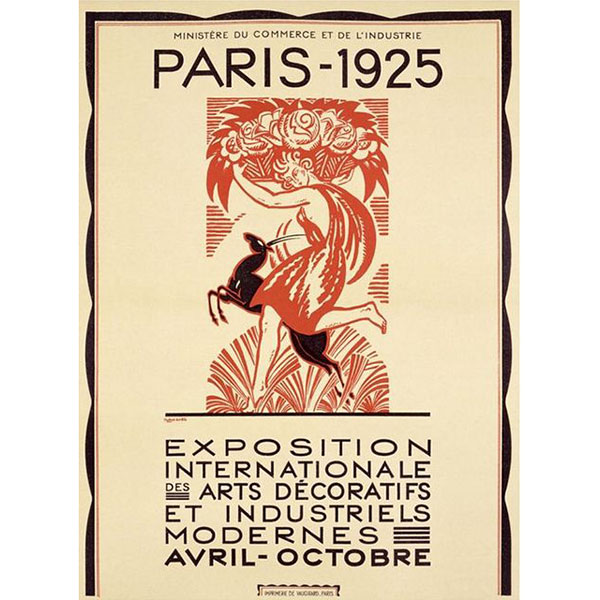
Paris Exhibition Poster
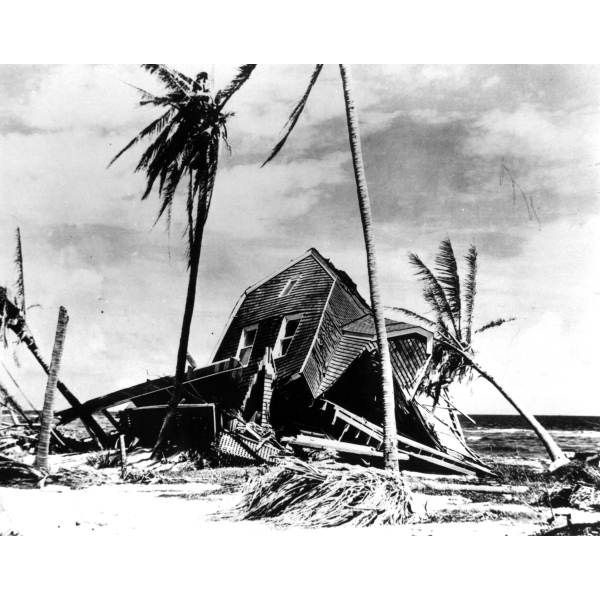
Hurricane Florida 1926
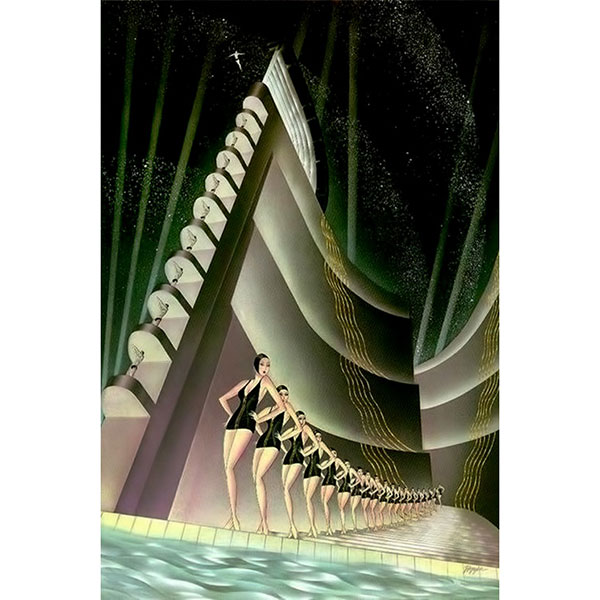
Aquacade Robert Hoppe
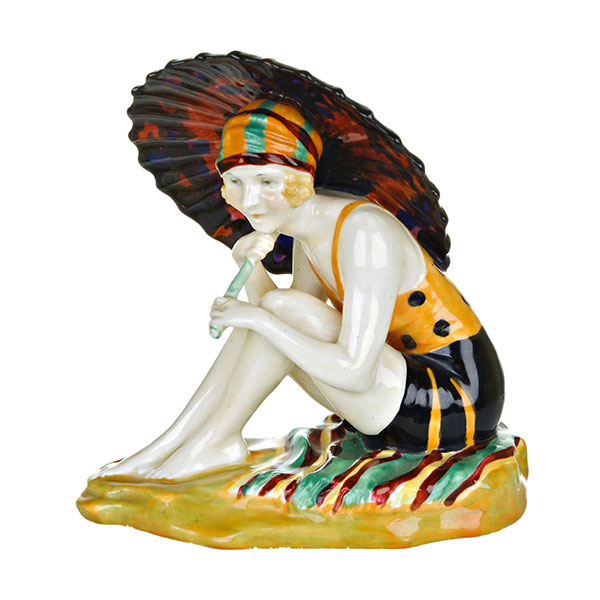
Royal Doulton Sunshine Girl
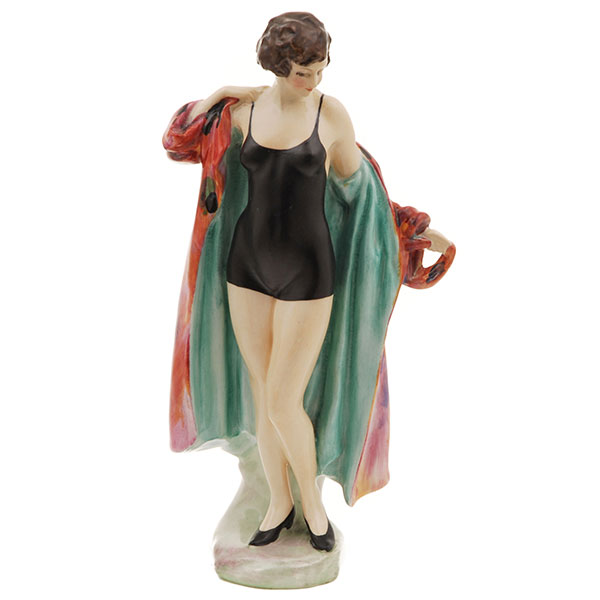
Royal Doulton Bather
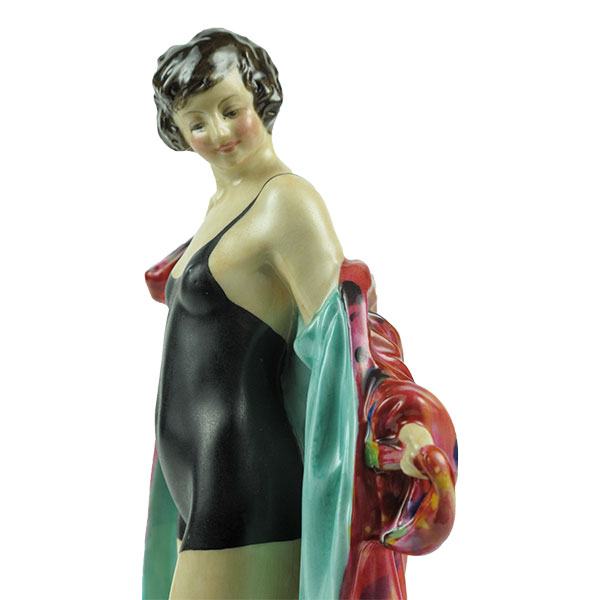
Royal Doulton Bather
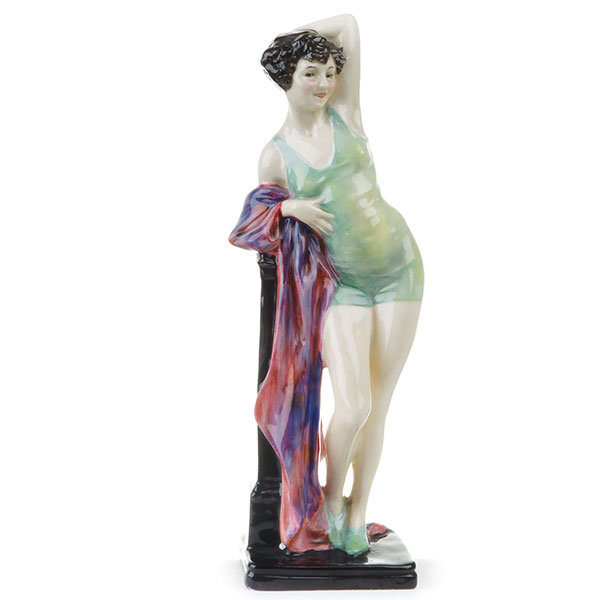
Royal Doulton Swimmer Prototype
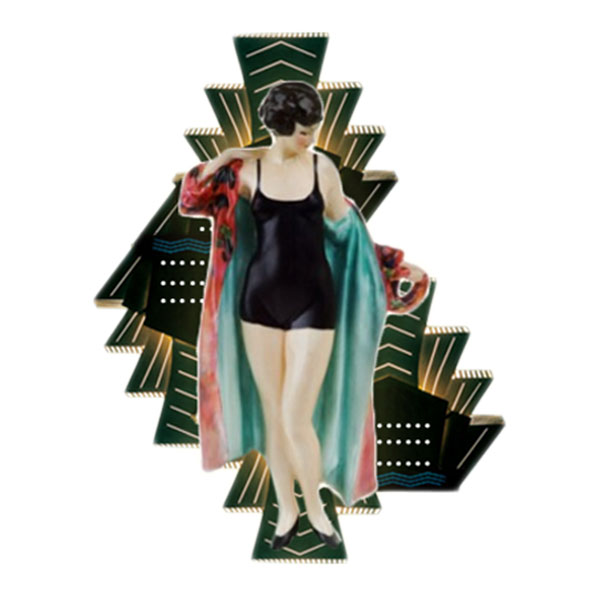
Royal Doulton Art Deco Bather
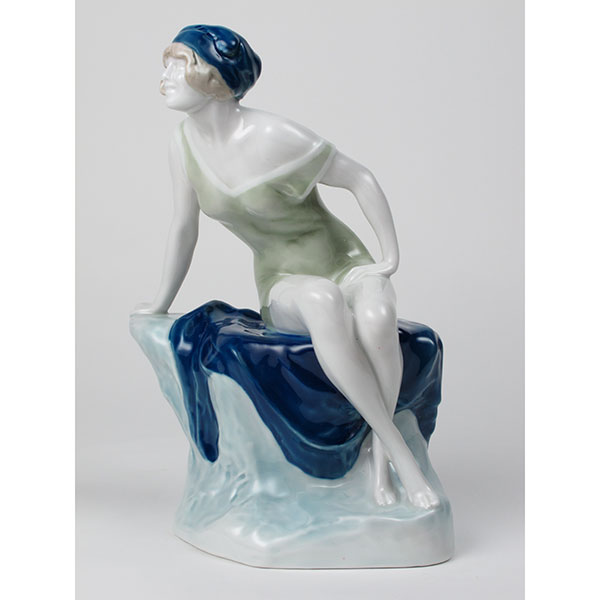
Rosenthal Before the Bath
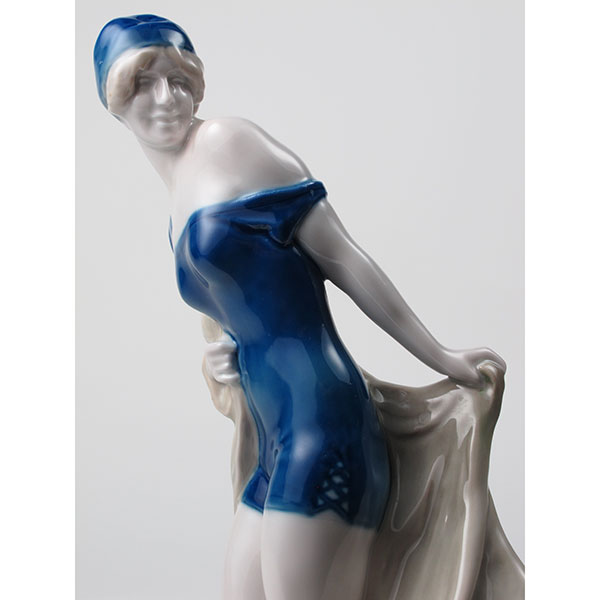
Rosenthal In the Swim
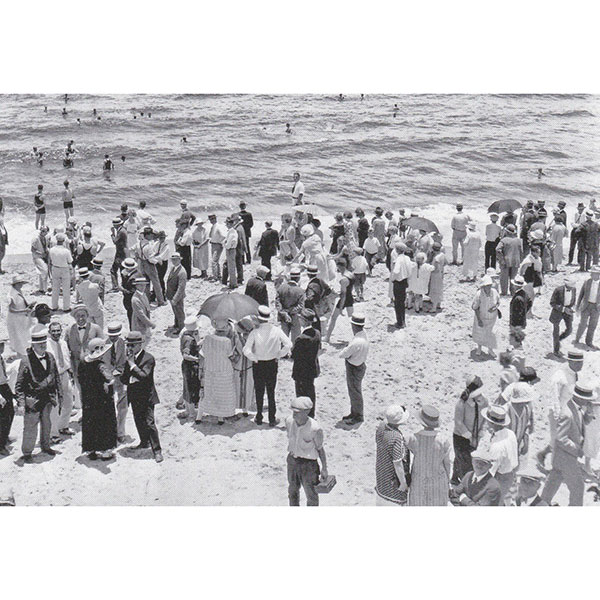
Hollywood Beach Florida
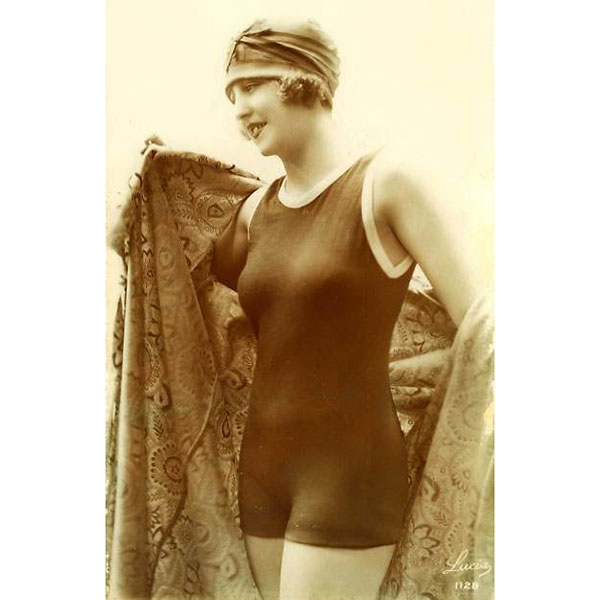
Bather with Robe
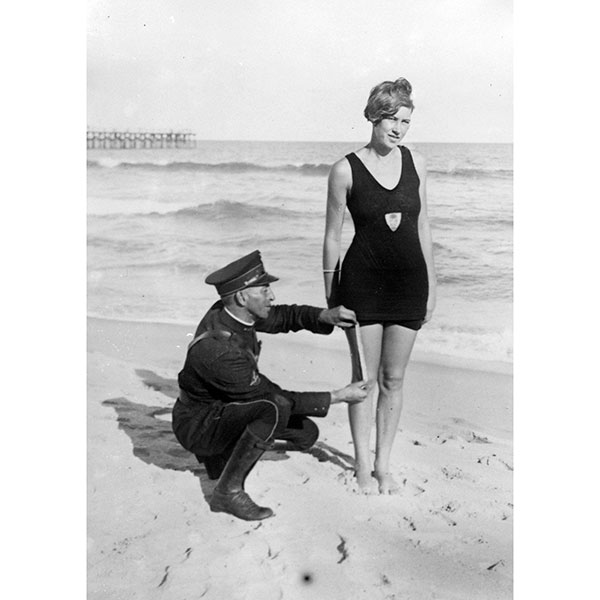
Palm Beach Police 1925
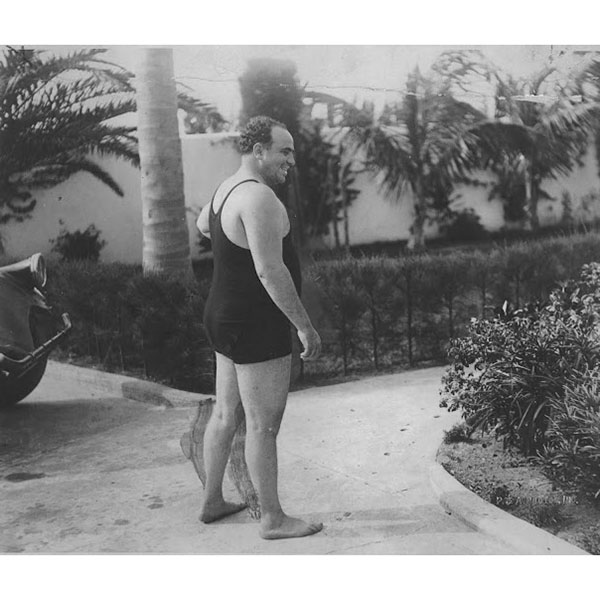
Al Capone in Palm Island 1929
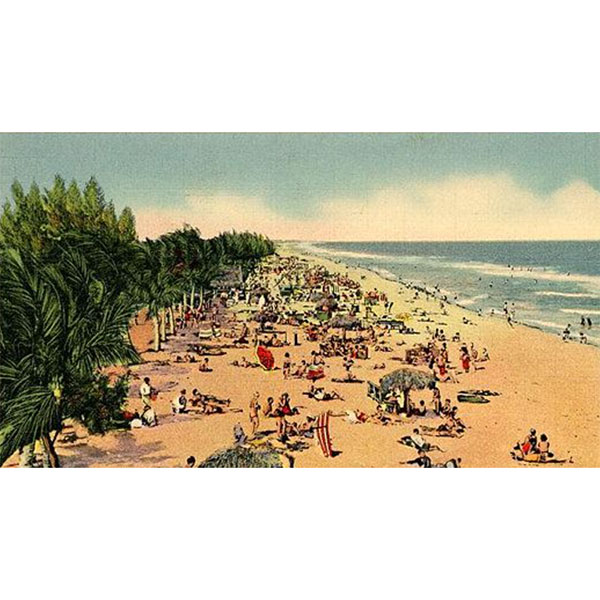
Winter Bathing Hollywood By the Sea Vintage Postcard
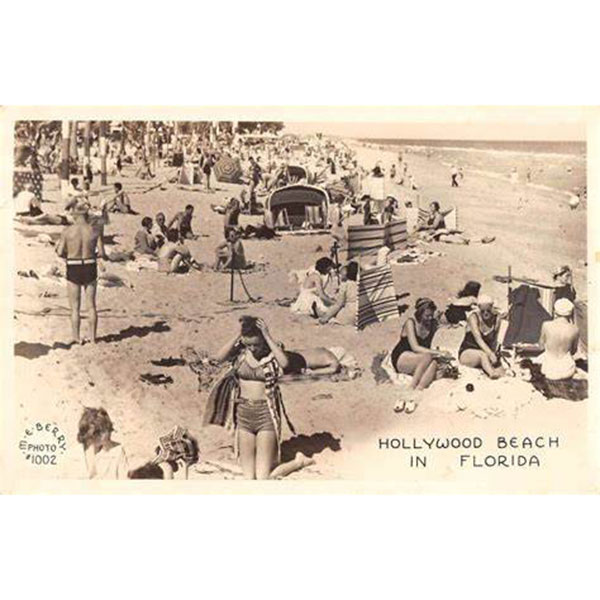
Hollywood Beach Vintage Postcard
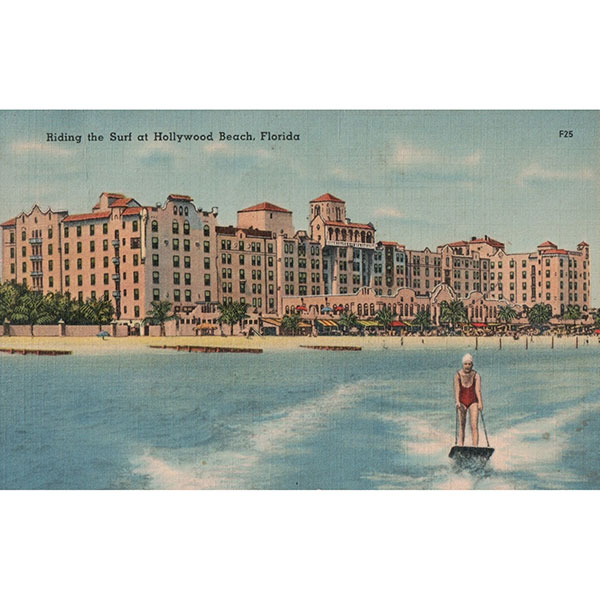
Hollywood Beach Hotel Vintage Postcard
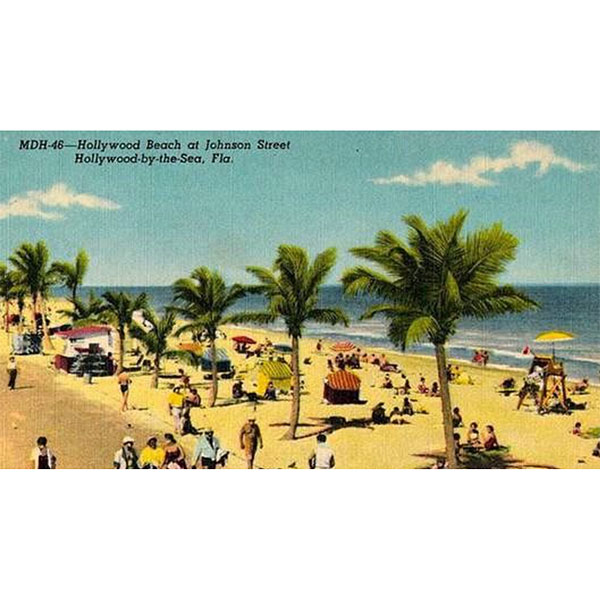
Hollywood By the Sea Vintage Postcard
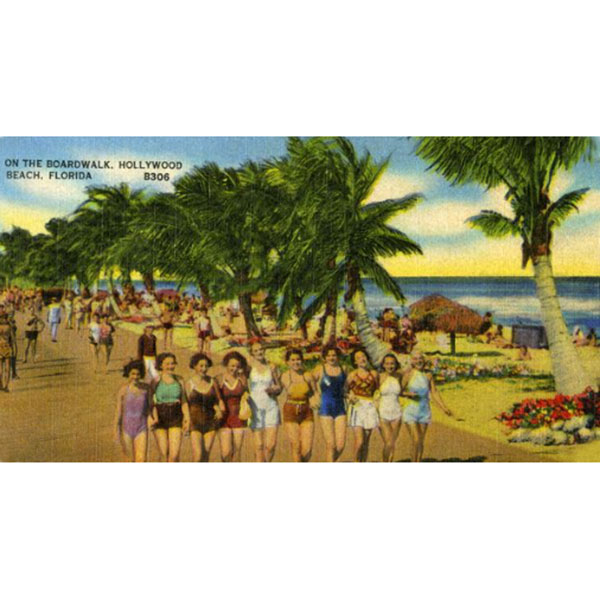
Boardwalk Hollywood Vintage Postcard
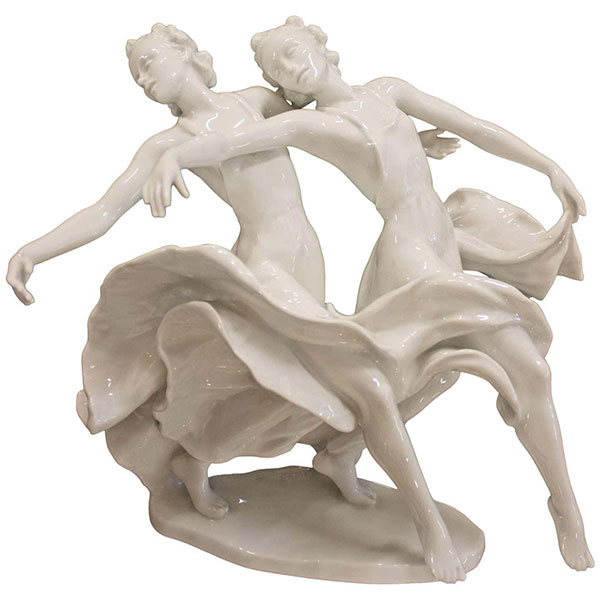
Rosenthal Kaiserwalzer
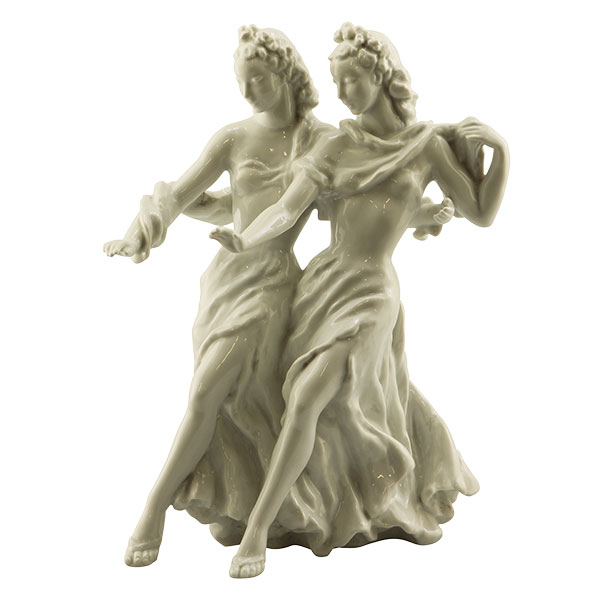
Rosenthal Sisters Hoepfner
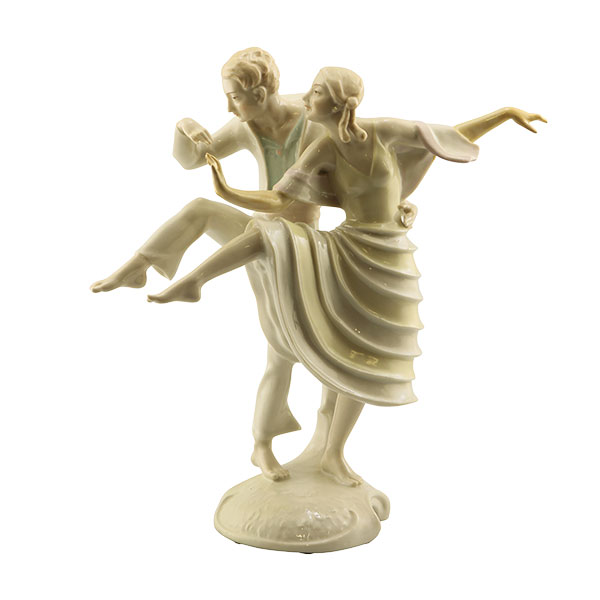
Hutschenreuther Dancers
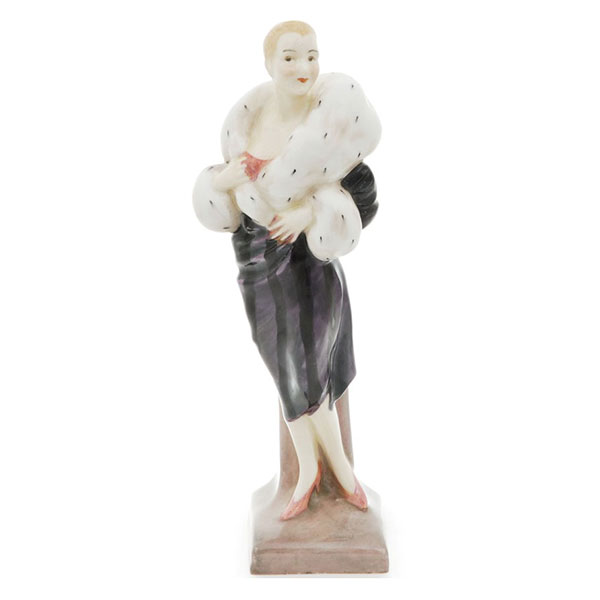
Royal Doulton Miss 1927
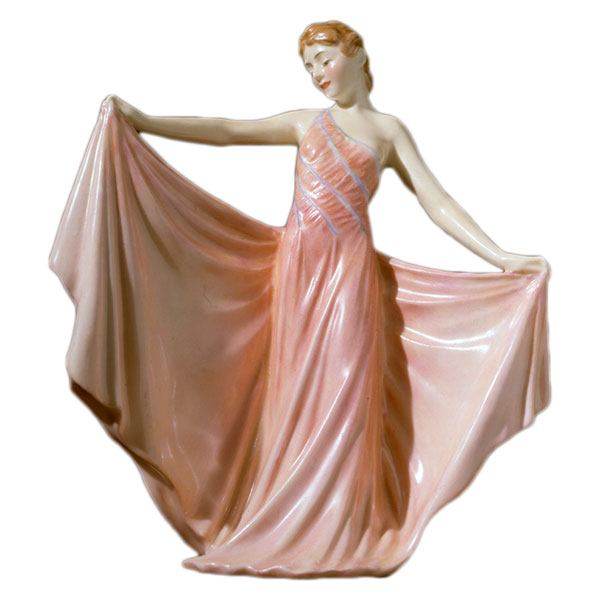
Royal Doulton Rhythm
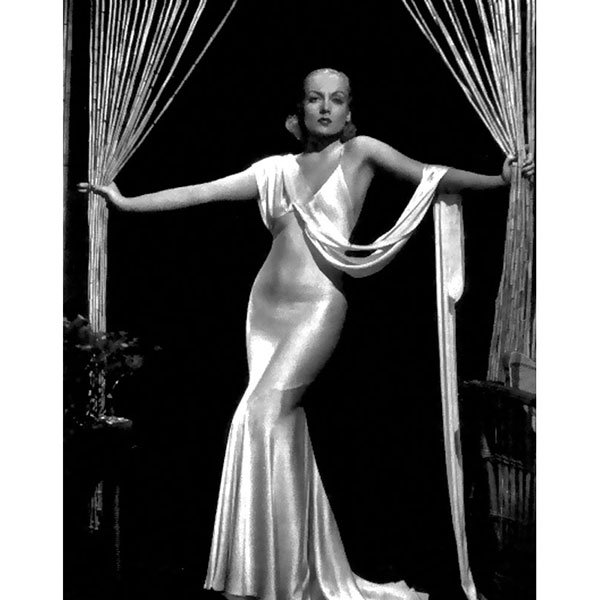
Carol Lombard
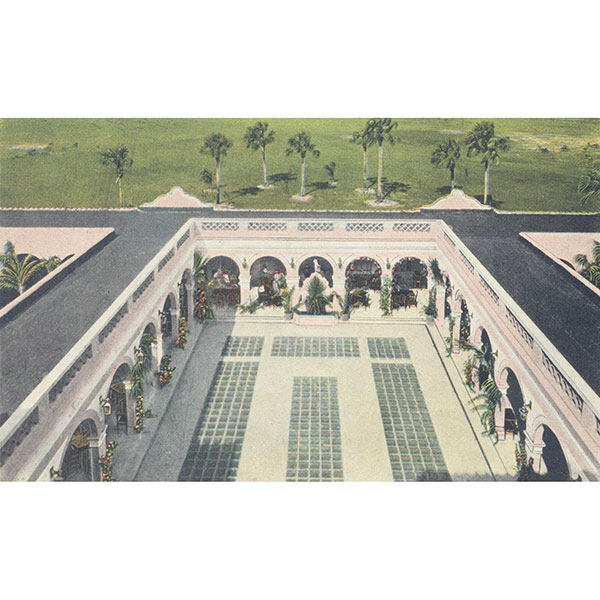
Glass Cube Dance Floor Hollywood Country Club Vintage Postcard
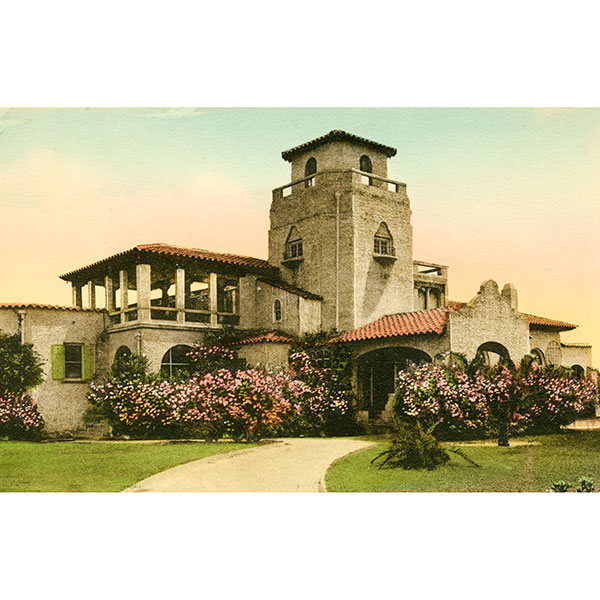
Hollywood Beach Country Club Vintage Postcard
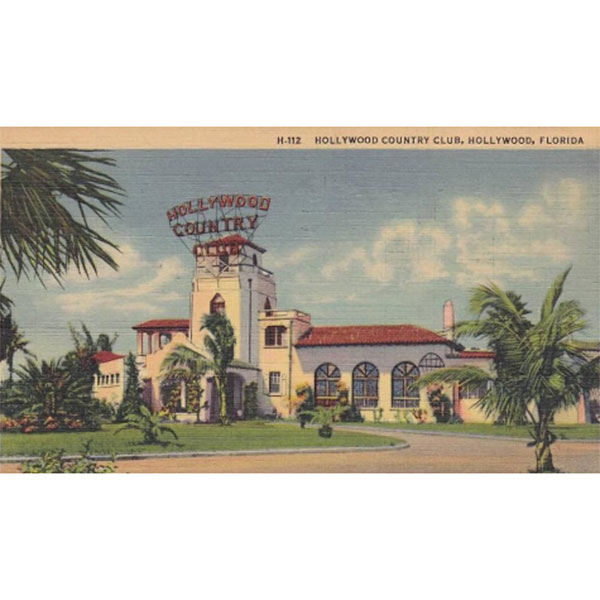
Hollywood Country Club Vintage Postcard
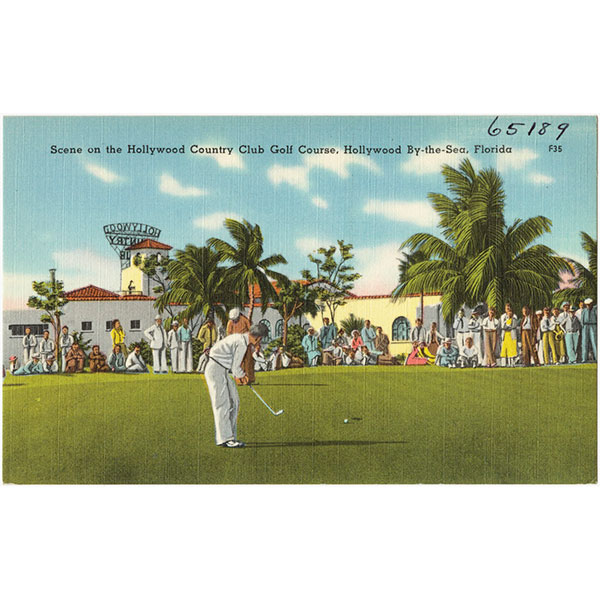
Hollywood Golf and Country Club Vintage Postcard
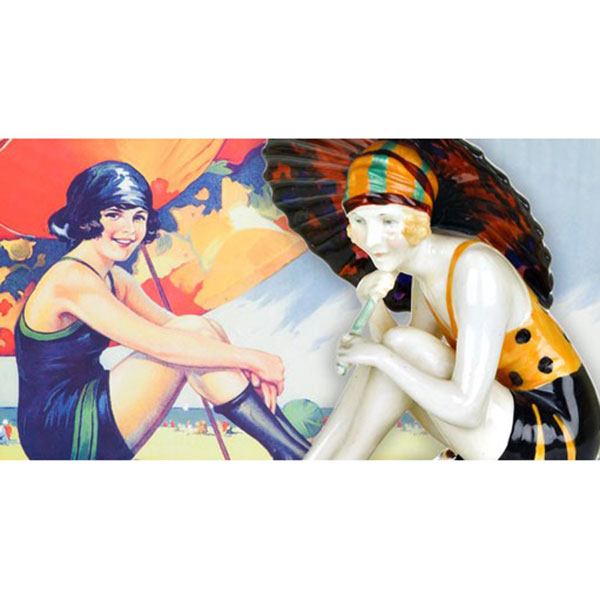
Royal Doulton Sunshine Girl
